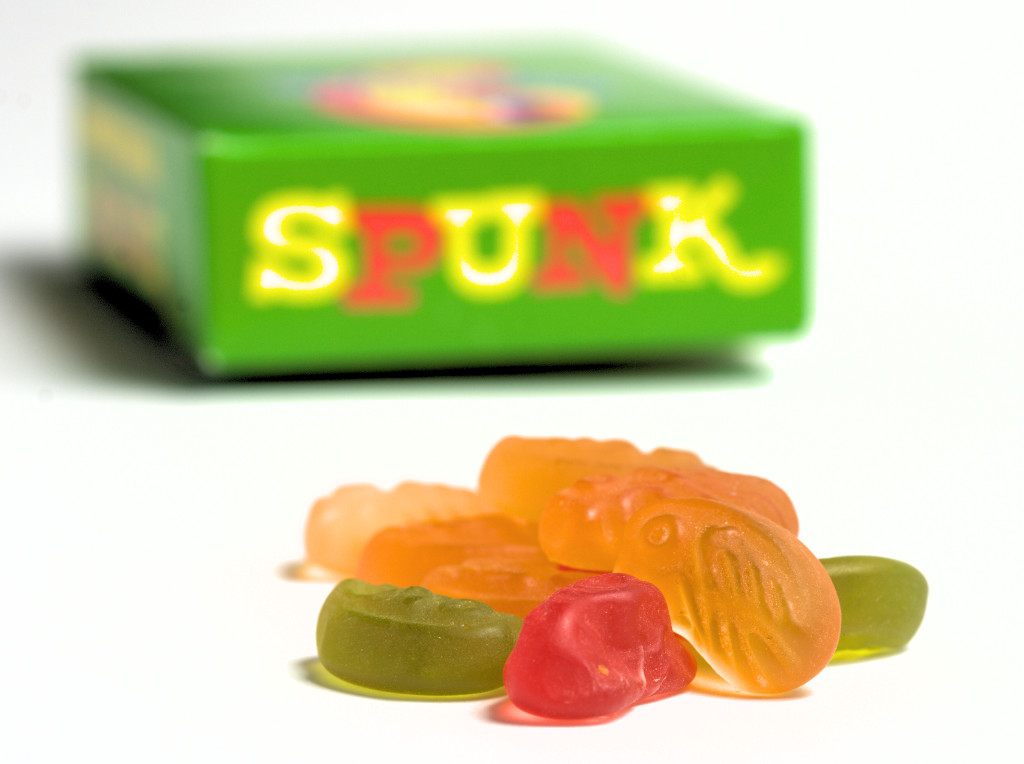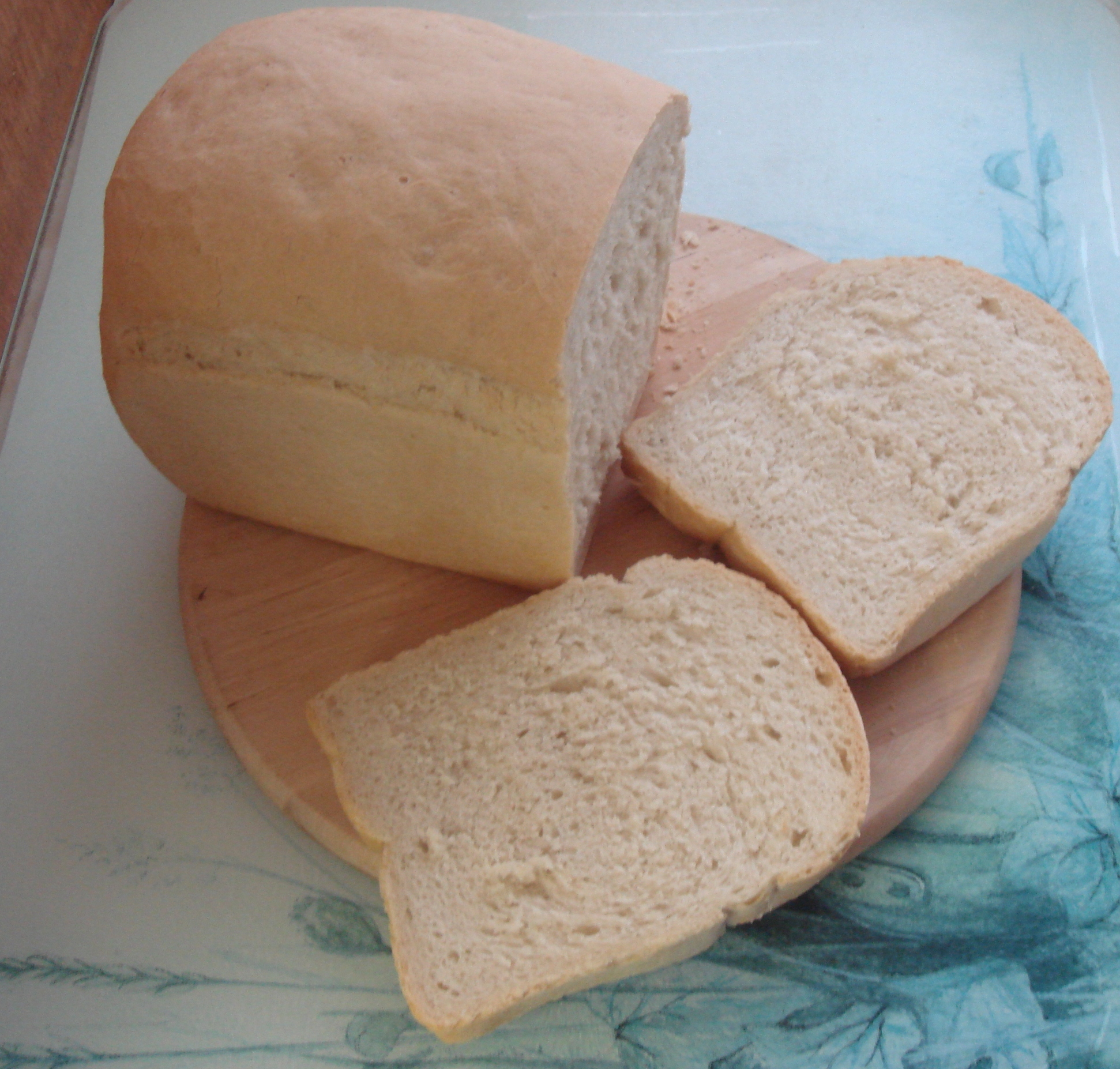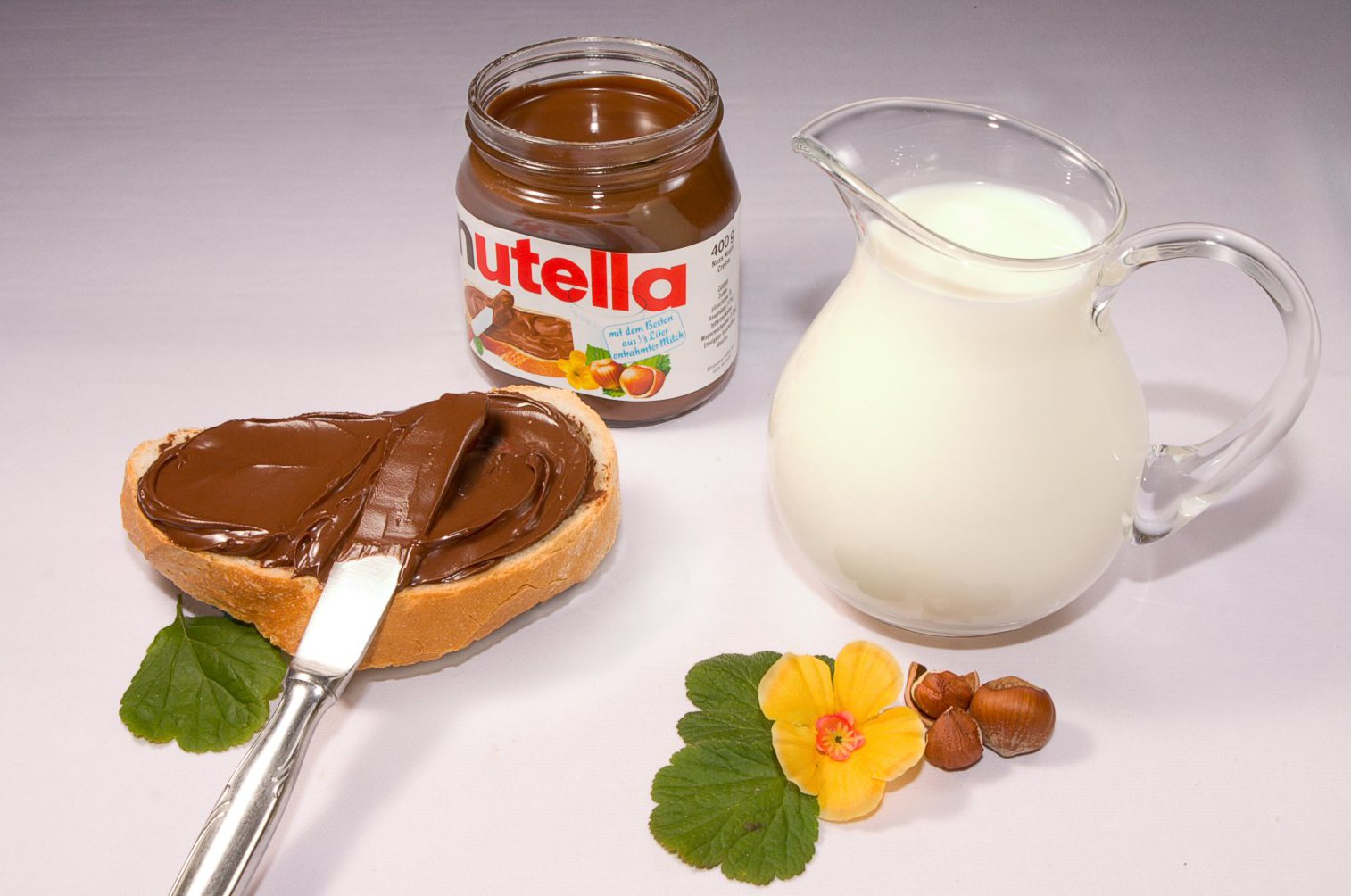|
Pålægschokolade
Pålægschokolade ("chocolate to put on bread") are thin slices of chocolate (or vekao) that are used as a topping (in Danish, '' pålæg'') on bread, such as rugbrød or white bread, similar to how chocolate spread is used in many countries. It is common in Denmark. It is available in both milk and dark chocolate, with the milk variety being more common (the Danish confectionery Toms sells 70% milk and 30% dark). It was originally introduced to the Danish market by Galle & Jessen in 1963. Producers * Toms * Galle & Jessen * Carletti See also * Vlokken * Sprinkles Sprinkles are very small pieces of confectionery used as an often colourful decoration or to add texture to desserts such as brownies, cupcakes, doughnuts or ice cream. The tiny candies are produced in a variety of colors and are generally use ... References Chocolate Danish cuisine Danish chocolate {{confectionery-stub ... [...More Info...] [...Related Items...] OR: [Wikipedia] [Google] [Baidu] |
Galle & Jessen
Galle & Jessen is a Danish chocolate and confectionery brand founded in 1872 and now owned by Toms International. History Galle & Jessen was founded as an independent company by Edvard W. Galle (1844-1900) and Hans Jessen (1851-1907). It was initially based in a cellar at Store Kongensgade 6 but relocated to larger premises at Toldbodgade 15 in 1873. The company was converted into a limited company (''aktieselskab'') in 1883 and a large new factory at Vibenhus Runddel was inaugurated in 1884. The factory was later expanded several times. The company was acquired by Toms International in 1971. Products Products marketed under the Galle & Jessen brand include: * ''pålægschokolade'' * Spunk * Ga-Jol pastilles were introduced in 1933. See also * C. R. Evers & Co. References External links Brand name confectionery Danish brands Danish companies established in 1872 Confectionery companies of Denmark Throat lozenges {{DEFAULTSORT:Galle and Jessen ... [...More Info...] [...Related Items...] OR: [Wikipedia] [Google] [Baidu] |
Danish Cuisine
Danish cuisine ( da, det danske køkken) originated from the peasant population's own local produce and was enhanced by cooking techniques developed in the late 19th century and the wider availability of goods during and after the Industrial Revolution. Open sandwiches, known as '' smørrebrød'', which in their basic form are the usual fare for lunch, can be considered a national speciality when prepared and decorated with a variety of fine ingredients. Hot meals are typically prepared with meat or fish. Substantial meat and fish dishes includes ''flæskesteg'' (roast pork with crackling) and ''kogt torsk'' (poached cod) with mustard sauce and trimmings. Ground meats (pork, veal or beef) became widespread during the industrial revolution and traditional dishes that are still popular include ''frikadeller'' (meat balls), ''karbonader'' (breaded pork patties) and ''medisterpølse'' (fried sausage). Denmark is known for its Carlsberg and Tuborg beers and for its akvavit and bitters ... [...More Info...] [...Related Items...] OR: [Wikipedia] [Google] [Baidu] |
Denmark
) , song = ( en, "King Christian stood by the lofty mast") , song_type = National and royal anthem , image_map = EU-Denmark.svg , map_caption = , subdivision_type = Sovereign state , subdivision_name = Danish Realm, Kingdom of Denmark , established_title = History of Denmark#Middle ages, Consolidation , established_date = 8th century , established_title2 = Christianization , established_date2 = 965 , established_title3 = , established_date3 = 5 June 1849 , established_title4 = Faroese home rule , established_date4 = 24 March 1948 , established_title5 = European Economic Community, EEC 1973 enlargement of the European Communities, accession , established_date5 = 1 January 1973 , established_title6 = Greenlandic home rule , established_date6 = 1 May 1979 , official_languages = Danish language, Danish , languages_type = Regional languages , languages_sub = yes , languages = German language, GermanGerman is recognised as a protected minority language in t ... [...More Info...] [...Related Items...] OR: [Wikipedia] [Google] [Baidu] |
Confectionery
Confectionery is the art of making confections, which are food items that are rich in sugar and carbohydrates. Exact definitions are difficult. In general, however, confectionery is divided into two broad and somewhat overlapping categories: bakers' confections and sugar confections. The occupation of confectioner encompasses the categories of cooking performed by both the French ''patissier'' (pastry chef) and the ''confiseur'' (sugar worker). Bakers' confectionery, also called flour confections, includes principally sweet pastries, cakes, and similar baked goods Baking is a method of preparing food that uses dry heat, typically in an oven, but can also be done in hot ashes, or on hot stones. The most common baked item is bread but many other types of foods can be baked. Heat is gradually transferred .... Baker's confectionery excludes everyday Bread, breads, and thus is a subset of products produced by a baker. Sugar confectionery includes candies (also called '' ... [...More Info...] [...Related Items...] OR: [Wikipedia] [Google] [Baidu] |
Compound Chocolate
Compound chocolate is a product made from a combination of cocoa, vegetable fat and sweeteners. It is used as a lower-cost alternative to true chocolate, as it uses less-expensive hard vegetable fats such as coconut oil or palm kernel oil in place of the more expensive cocoa butter. It may also be known as "compound coating" or "chocolatey coating" when used as a coating for candy. It is often used in less expensive chocolate bars to replace enrobed chocolate on a product. Cocoa butter must be tempered to maintain gloss and coating. A chocolatier tempers chocolate by cooling the chocolate mass below its setting point, then rewarming the chocolate to between for milk chocolate, or between for semi-sweet chocolate. Compound coatings, however, do not need to be tempered. Instead, they are simply warmed to between above the coating's melting point. See also *Polyglycerol polyricinoleate (PGPR) an emulsifier made from castor beans commonly used in compound chocolate *Types of c ... [...More Info...] [...Related Items...] OR: [Wikipedia] [Google] [Baidu] |
Chocolate
Chocolate is a food made from roasted and ground cacao seed kernels that is available as a liquid, solid, or paste, either on its own or as a flavoring agent in other foods. Cacao has been consumed in some form since at least the Olmec civilization (19th-11th century BCE), and the majority of Mesoamerican people ─ including the Maya and Aztecs ─ made chocolate beverages. The seeds of the cacao tree have an intense bitter taste and must be fermented to develop the flavor. After fermentation, the seeds are dried, cleaned, and roasted. The shell is removed to produce cocoa nibs, which are then ground to cocoa mass, unadulterated chocolate in rough form. Once the cocoa mass is liquefied by heating, it is called chocolate liquor. The liquor may also be cooled and processed into its two components: cocoa solids and cocoa butter. Baking chocolate, also called bitter chocolate, contains cocoa solids and cocoa butter in varying proportions, without any added sugar. Powder ... [...More Info...] [...Related Items...] OR: [Wikipedia] [Google] [Baidu] |
Compound Chocolate
Compound chocolate is a product made from a combination of cocoa, vegetable fat and sweeteners. It is used as a lower-cost alternative to true chocolate, as it uses less-expensive hard vegetable fats such as coconut oil or palm kernel oil in place of the more expensive cocoa butter. It may also be known as "compound coating" or "chocolatey coating" when used as a coating for candy. It is often used in less expensive chocolate bars to replace enrobed chocolate on a product. Cocoa butter must be tempered to maintain gloss and coating. A chocolatier tempers chocolate by cooling the chocolate mass below its setting point, then rewarming the chocolate to between for milk chocolate, or between for semi-sweet chocolate. Compound coatings, however, do not need to be tempered. Instead, they are simply warmed to between above the coating's melting point. See also *Polyglycerol polyricinoleate (PGPR) an emulsifier made from castor beans commonly used in compound chocolate *Types of c ... [...More Info...] [...Related Items...] OR: [Wikipedia] [Google] [Baidu] |
Rugbrød
() is a very common form of rye bread from Denmark. usually resembles a long brown extruded rectangle, no more than 12 cm high, and 30–35 cm wide, depending on the bread pan in which it is baked. The basic ingredient is rye flour which will produce a plain or "old-fashioned" bread of uniform, somewhat heavy structure, but the most popular versions today contain whole grains (cracked or chopped rye kernels) and often other seeds such as sunflower seeds, linseeds or pumpkin seeds. The dough may be made exclusively with rye flour or contain up to one third whole rye grains. A small amount of wheat flour, sugar or molasses is often added to adjust the taste or because wheat flour is cheaper than rye (contrary to in former times). ''Rugbrød'' was the major staple of most of the population until potatoes became widespread during the late 19th century, and even up to the 1950s, Danes ate much larger amounts of ''rugbrød'' than today. It has been discussed why this bre ... [...More Info...] [...Related Items...] OR: [Wikipedia] [Google] [Baidu] |
White Bread
White bread typically refers to breads made from wheat flour from which the bran and the germ layers have been removed from the whole wheatberry as part of the flour grinding or milling process, producing a light-colored flour. This milling process can give white flour a longer shelf life by removing the natural oils from the whole grain. Removing the oil allows products made with the flour, like white bread, to be stored for longer periods of time avoiding potential rancidity. The flour used in white breads is often bleached further—by the use of flour bleaching agents such as potassium bromate, azodicarbonamide, or chlorine dioxide gas to remove any slight natural yellow shade and make its baking properties more predictable. This is banned in the EU. Some chemicals are also banned from use in other countries. In the United States, consumers sometimes refer to white bread as "sandwich bread" or "sandwich loaf". It is often perceived as an unhealthy, bland, and unsophisticat ... [...More Info...] [...Related Items...] OR: [Wikipedia] [Google] [Baidu] |
Chocolate Spread
Chocolate spread is a sweet chocolate-flavored paste which is eaten mostly spread on breads and toasts or similar grain items such as waffles, pancakes, muffins, and pitas. Although it tastes, smells, and looks like chocolate, it does not solidify, even at room temperature. The paste usually contains cocoa and vegetable or palm oil, and is also likely to contain milk, sugar and additional flavors. Some varieties include nuts (e.g., ground hazelnuts) or honey. Chocolate spread is normally sold in glass jars or plastic tubs. Notable brands *Nutella – Italian *Nudossi – German *Nugatti – Norwegian *Nocilla – Spanish *Eurocrem – Serbian Nutritional information See also * List of spreads This is a list of spreads. A spread is a food that is literally spread, generally with a knife, onto food items such as bread or crackers. Spreads are added to food to enhance the flavor or texture of the food, which may be considered bland witho ... * Hazelnut butter References ... [...More Info...] [...Related Items...] OR: [Wikipedia] [Google] [Baidu] |
Politiken
''Politiken'' is a leading Danish daily broadsheet newspaper, published by JP/Politikens Hus in Copenhagen, Denmark. It was founded in 1884 and played a role in the formation of the Danish Social Liberal Party. Since 1970 it has been independent of the party but maintains a liberal stance. It now runs an online newspaper, ''politiken.dk''. The paper's design has won several international awards, and a number of its journalists have won the Cavling Prize. History and profile ''Dagbladet Politiken'' was founded on 1 October 1884 in Copenhagen by Viggo Hørup, Edvard Brandes and Hermann Bing. Hørup and Brandes formed the newspaper after being fired as editors from the ''Morgenbladet'' over political differences. Hørup led the paper as editor-in-chief for fifteen years from its start in 1884. In 1904, the tabloid ''Ekstra Bladet'' was founded as a supplement to ''Politiken ''and was later spun off as an independent newspaper on 1 January 1905. The paper established its present ... [...More Info...] [...Related Items...] OR: [Wikipedia] [Google] [Baidu] |




